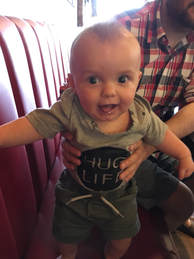
As I was listening to the birds the other morning, I thought about the idea of callings in our own lives. I had a misconception of what a calling was for a long time. I had read and been told that we should find work to do that is our passion, find what we are called to do, and if we do it, we will never work a day in our lives. My understanding was that anything short of this would be wasting our time on earth. I often noticed that many people, perhaps most people, do not have the luxury of doing this. My dad worked in a factory. I don’t believe this was his passion or his calling. I do believe it provided him with a way of providing for us. I think that his truth was the same as many people’s truth.
So, what then is a calling? What calls to us and how can we incorporate that into our life?
One thing I now know about callings, after completing the Playing Big course with Tara Mohr, is that we do not have only one or two callings in our lives. When I used to think about callings, I believed that I likely had only one calling, and I’d better get it right because it would inform my life’s work. What pressure! I now realize that we have many, many callings throughout our lives. Some will be big and will stretch over years; some will be very small and will take up less than a day. A better question to ask ourselves than ‘What is my calling?’ is ‘What am I being called to right now?’
As I think about people in my life, some of their callings are visible. Jim, despite his career of being a school principal, and now a financial ‘guy’, is always called to nature; specifically, to animals in nature. He brings this calling to life in so much of the work he does. When he was in education, some of his very favourite moments were taking the students on mountain hikes and camping and introducing them to wildlife and the wonders thereof. These days, when he isn’t at his desk crunching numbers, he sits on the Board of Directors at the Leighton Art Centre; why wasn’t I surprised when he told me he had volunteered to run workshops called, ‘Tracks in the Snow’ and ‘Birdwatching’? This is one of his callings. It gives him joy. It gives him peace.
Contrary to my earlier belief, callings are not things that need to be our career. We do not need to make money from them. They do not need to take up the bulk of our time. They simply ask us to make space for them in our lives. Often, the reward from the calling is doing the thing itself. Even a few hours each month spent on a calling creates vast benefits.
Sometimes when people experience a calling, they feel fear. They might be called to do something that will shake up how the world thinks. I’m guessing that the women who stood up for equal rights and more recently for the MeToo movement, felt not only called to speak out, but also felt fear. They may also have felt like they needed to be part of it but they were not qualified. They may have felt like they did not have all the required tools. If only they knew that, according to Tara Mohr, these feelings can be signs of true callings.
I have been lucky in my life. I do believe that my teaching was a calling. I was called to it at a young age and I am still called to teach. To clarify, although I was hired to teach math, and although I love math, this was not the calling. The calling was to provide a place where students could learn about themselves, to feel safe and welcome and be encouraged to grow into their best selves. I wanted to hold up a mirror so they could see themselves in the capable way I saw them, and that by doing this they could bring their own gifts to the world. This is my teaching calling. I am at peace when I teach. I feel energized, I feel like I am contributing and I feel ‘right’. This would be one of those rare callings that does provide an income and that does span over a long time but not all callings are like this.
Lately, I am noticing other callings. I am called to dance. I will never make a cent at this. And yet, no money could replace the feelings of peace and joy it brings to me. I am called to be present for the classes and to bring my best when I am performing. It may make no sense to others; that is the beauty of callings; only the person being called can really understand the pull.
My sister Mary is called to Storytelling. There are stories that she feels compelled to tell; this is a force larger than her. Sometimes she feels resistance, as if she should run in the other direction and yet there is also the feeling that this is her work to do. Jim’s mom is still called, at almost 89 years old, to bring comfort and peace to those facing illness or death. She is also called to sing. And last week she called me to say, ‘I danced! I danced!’ I’m pretty sure this is a calling.
This week our little Benjamin, now four months old, was wearing a wonderful t-shirt that said, Hug Life. When we follow a calling, this is the feeling we experience. The feeling of hugging life. The feeling of rightness, of meaning, of rarity and of wonderful energy and joy.
My inquiry for you this week is, ‘How are you called to Hug Life?’
Elizabeth is a life and leadership coach in Calgary, AB. She provides leadership coaching for individuals and groups and she creates and facilitates custom workshops for corporate, public and private groups. Contact Elizabeth to help you or your organization to figure out how to bring your callings into your life and work.
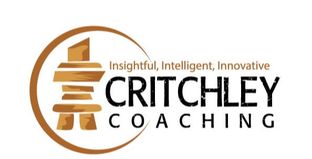
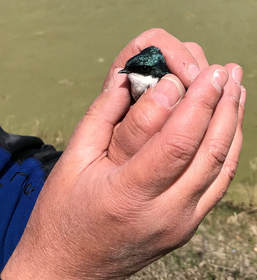

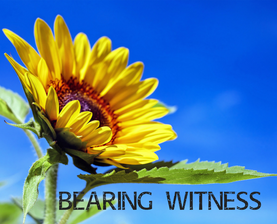
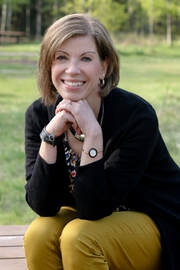
 RSS Feed
RSS Feed